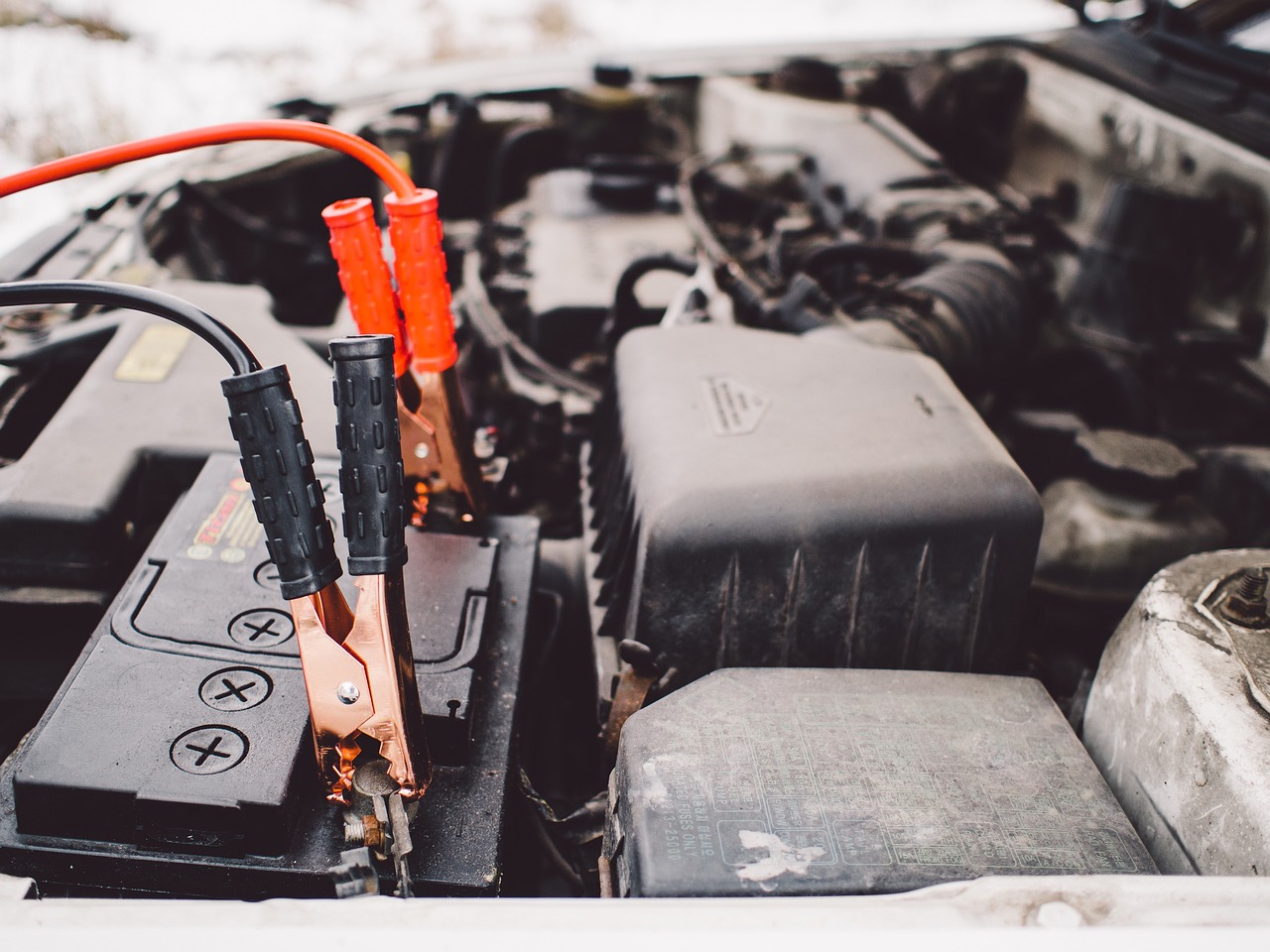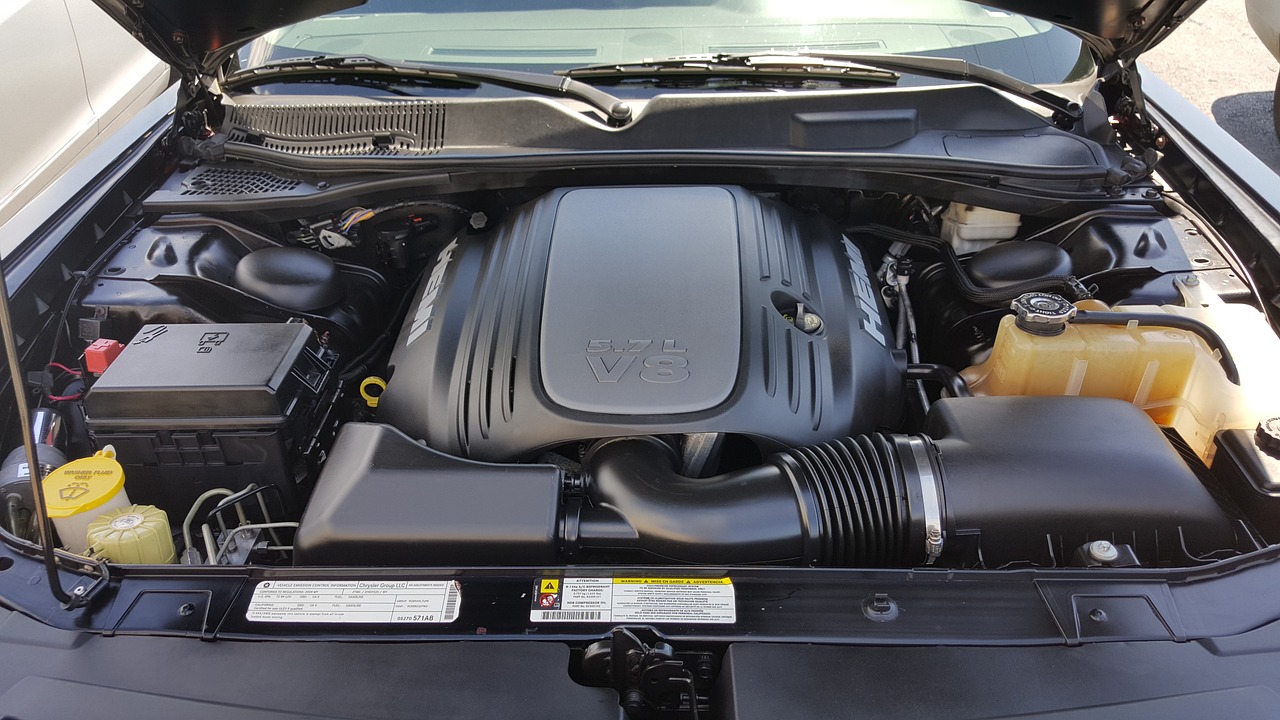Ah, the glorious rite of passage — jump-starting a car. It’s the automotive equivalent of defusing a bomb, but with far less impressive movie deals. You wake up late for work, slurp down your half-burned coffee, dash to your car, and then — the roaring silence. Your car battery is dead. Do you cry? Nope. Do you call in sick? No, sir! You get out there and jump-start that steel steed like the cowboy of the cul-de-sac you are. And here’s how you do it, folks.
Step 1: Admit Defeat and Blame the Car
So, your car won’t start? Clearly, it’s the car’s fault. It couldn’t be the fact that you’ve left the headlights on, or you’ve been cranking up the AC like you’re in a permanent hot flash. No, no, it’s the car that’s wrong. Accept that. It helps.
Step 2: Find Another Car (The Sacrificial Lamb)
You need another running car to sacrifice its battery juice for your four-wheeled brick. Call a friend, flag down a stranger, or send out a distress signal like you’re lost at sea. Ideally, you want someone who won’t judge you for your automotive incompetence, but let’s face it — beggars can’t be choosers.
Step 3: Bring Out The Cables (No, Not For Binge-Watching Netflix)
You’ll need jumper cables. If you don’t have any, well, let’s hope your friendly neighbor does. Or you could perform the ancient ritual of “Going-to-the-Nearest-Gas-Station,” but really, who has time for that? Jumper cables are generally color-coded, red for “Danger, Will Robinson!” and black for “Everything’s cool, man.” If they’re not color-coded, good luck — you’re playing automotive roulette now.
Step 4: Suit Up (Safety First, People)
Glasses? Check. Gloves? Check. A general understanding that cars can explode? Double-check. Safety is paramount. Position both cars close enough that the cables can reach, but far enough apart that they aren’t in a long-term relationship. Both cars should be off. Yes, OFF. We’re not trying to create a Michael Bay movie here.
Step 5: Open The Hoods, Take A Peek
Open both car hoods. Stare inside like you know what you’re looking for. Make approving noises as you do this. It lends credibility.
Step 6: Connect Red to Red, Like a Basic Preschooler’s Puzzle
First, take one of the red clamps and attach it to the positive terminal of your dead battery. How do you know which one is positive? It’s marked with a “+” sign, or it’s the one that’s less corroded. Or it might be bigger. Or maybe it’s the one with the rainbow and pot of gold next to it — just kidding, if you see that, you’ve had too much coffee.
Now, attach the other red clamp to the positive terminal of the donor car. Not to your earlobe, not to the car tire, but to the positive terminal. These things matter.
Step 7: Black is the New Black
Alright, you’ve survived the red cable ordeal, and you didn’t even set anything on fire! Now, it’s time for the black cables. Take one of the black clamps and connect it to the negative terminal on the donor car’s battery. Again, it’s the one with the “-” sign or possibly a dark cloud hovering over it.
Now here’s where things get tricky — or as tricky as kindergarten-level color matching can get. The other end of the black cable doesn’t go to your dead car’s negative terminal. Instead, it gets clipped to an unpainted metal surface somewhere on your car’s frame. This acts as a grounding wire. Choose wisely. If sparks fly and unicorns appear, you’ve probably done it wrong.
Step 8: The Ignition Sequence
Have your helper start their car. At this point, you want their car to run for a few minutes. Discuss your favorite Netflix series, the weather, or why cats are better than dogs (or vice versa). Basically, just pass some time while the donor car’s battery sends over the life-juice to your car’s dead battery.
Step 9: Turn Your Key, Not Your Luck
Now, attempt to start your car. If your car doesn’t start, don’t panic. This is not the universe telling you that you’re doomed. It’s just saying your battery was deader than a doornail and needs more time. Have your friend keep their car running for a few more minutes, then try again. If your car still refuses to start, well, it might be time to admit that maybe — just maybe — your car needs more than a jump. Perhaps it needs a new battery, or a therapist.
Step 10: Disconnect and Bolt
Assuming you’ve successfully started your car, it’s time to disconnect the cables. Here’s the official disconnection sequence that you absolutely must follow: Black clamp from your car, black clamp from the donor car, red clamp from the donor car, and finally, the red clamp from your car. If you disconnect them in any other order, your car won’t explode, but you might not be invited to Mensa meetings anymore.
Drive around for at least 20 minutes to recharge your battery. Don’t just go home and binge-watch the latest season of “Stranger Things.” You need to keep the engine running. Turn off the car only when you’re sure your battery has enough juice to start the car again, or else you’ll be back to square one, and nobody wants that.
Step 11: Give Yourself a Pat on the Back
Congratulations! You’ve just performed an automotive miracle. You are the superhero of suburbia, the prince/princess of the parking lot, the king/queen of car calamities. Now go forth and spread your wisdom, or just make sure your jumper cables are packed for the next adventure. Trust me, there will be a next time.
So there you have it, the simple, straightforward, and hopefully entertaining guide to jump-starting your car. Remember, the most important step in any car repair process is to take a moment and laugh at the absurdity of life. It makes the whole thing a lot more bearable.
Now, go put those jumper cables back in the trunk. You never know when you — or someone else — will need a jump. Unless, of course, you’ve decided to trade your car for a horse. They’re more reliable and only need hay. But that’s a topic for another article.



